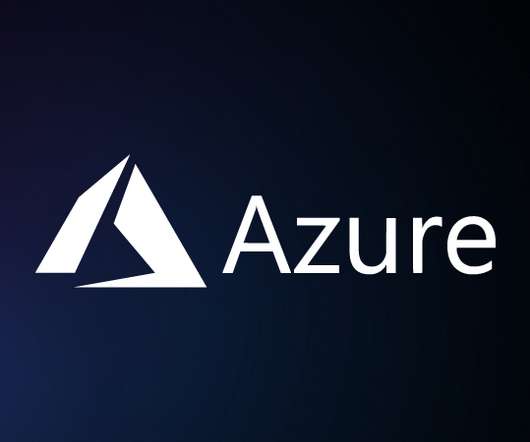Seamlessly Swapping the API backend of the Netflix Android app
The Netflix TechBlog
SEPTEMBER 8, 2020
This allows the app to query a list of “paths” in each HTTP request, and get specially formatted JSON (jsonGraph) that we use to cache the data and hydrate the UI. Functional Testing Functional testing was the most straightforward of them all: a set of tests alongside each path exercised it against the old and new endpoints.


















Let's personalize your content